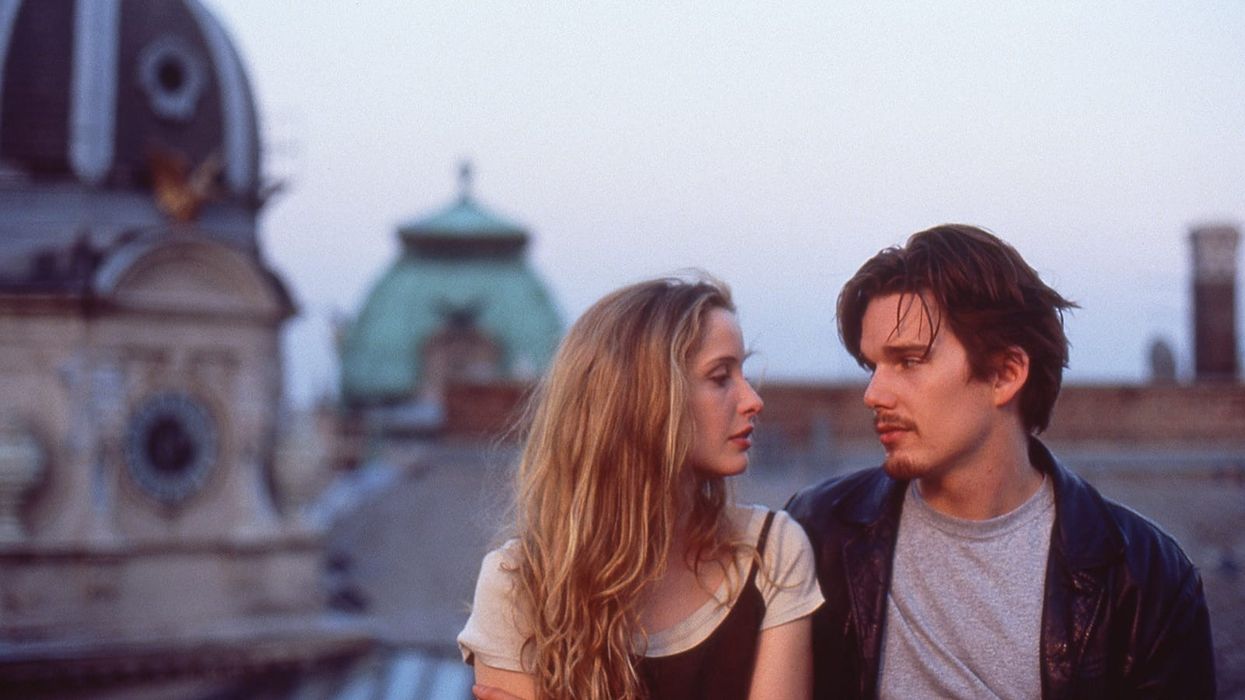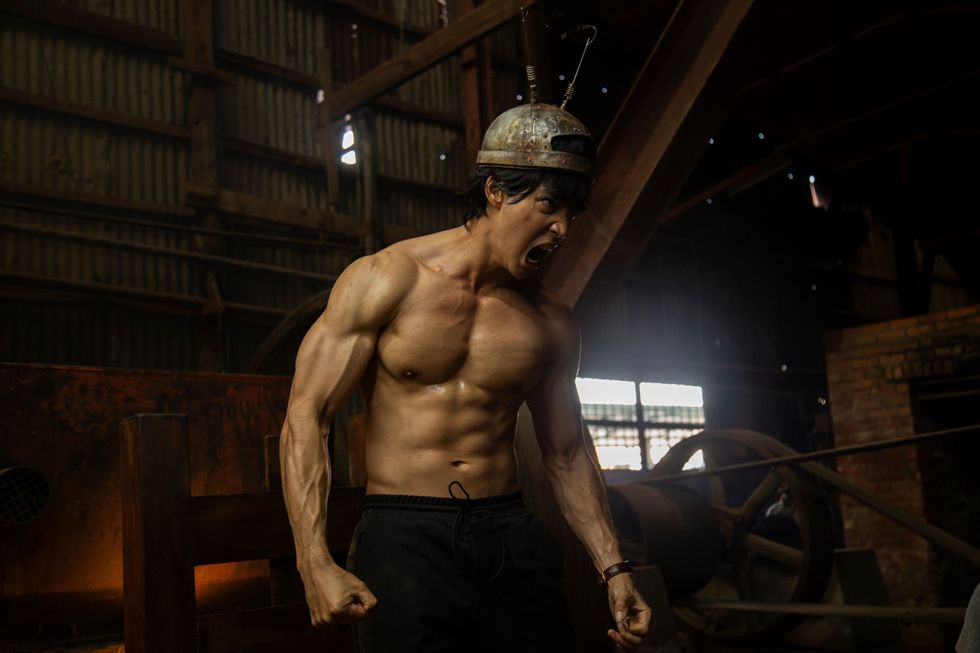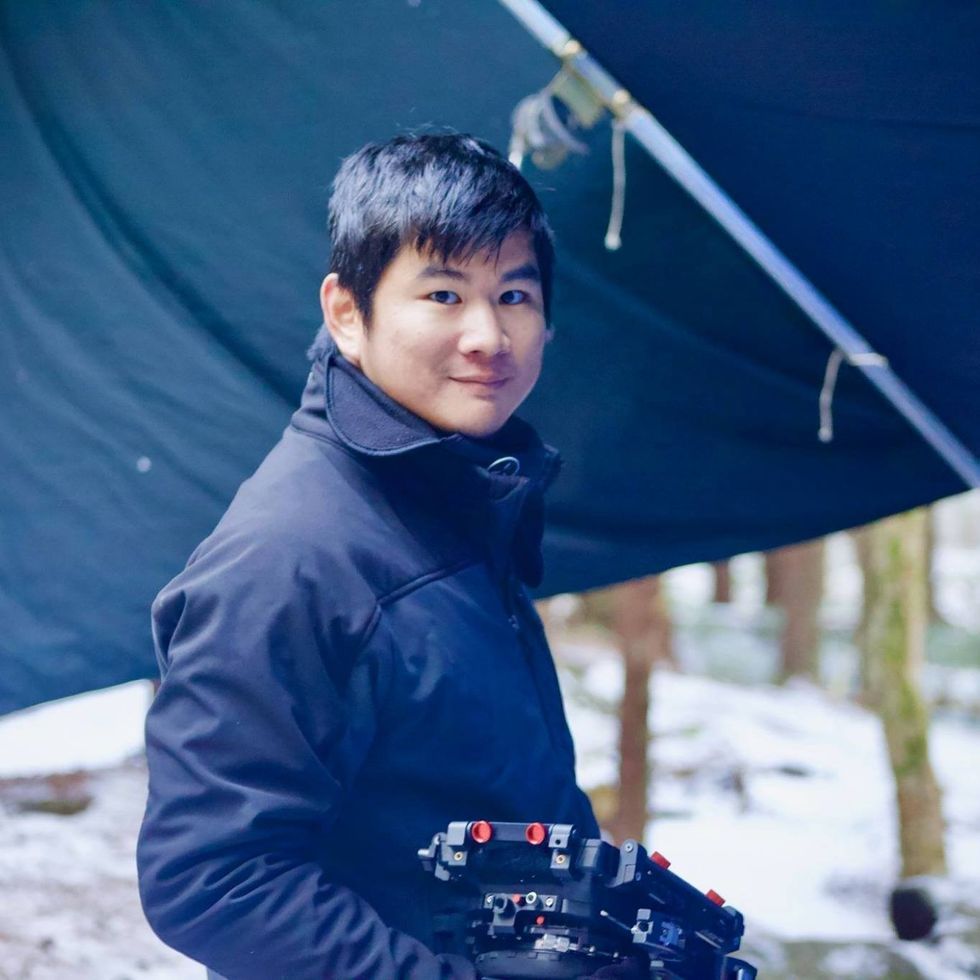Three Conversation Writing Tips from the 'Before' Trilogy
I don't think there is a more romantic movie than "Before Sunrise". Unless it's "Before Sunset". Or "Before Midnight". But aside from the romance, the conversations in these movies are what makes them sing.

We go to the movies to see human stories unfold. We love characters, their arcs, development, and story beats, but almost every movie is held together by a series of conversations that act as connective tissue. Conversations that get across wants, desires, exposition, and emotion.
So, how can you write a great conversation? Learn from three movies that do conversations better than anyone else.
Check out this video from the Royal Ocean Film Society that diagrams the brilliance of these conversations.
Three Writing Tips from the Before Trilogy
1. Rewrite it with the actors
One of the coolest things about the before trilogy is the writing style of each screenplay. Linklater will do a draft, then he will have Hawke and Delpy do a table read. After they read, each of them makes edits and cuts to the story based on the way they think their character will act. This act of revisions not only builds trust for the actors with the director but also continues to refine the internal logic. What winds up happening is that the actors perform a version of the story that they've help craft. It feels real and natural.
2. Allow for silence
So much of movie dialogue is rapidly talking that you forget that silence can help you say so much. In the Before trilogy, we get epic speeches and situations but they often are punctuated with looks and silence. There are times when the characters think. We can feel like we are really inside their heads as we have the internal debate they're having based on the scene. This provides a support system and gives you plenty of places to edit and trim too.
3. Tangents feel natural
When you're out to dinner conversations don't always have a clear throughline. So much of movie writing has to do with getting from point A to point B. What I think helps and is more efficient is finding a way to use tangents to your advantage. The Before trilogy lets conversations flow naturally. The tangents they use to trick us into coming along for the ride, and then slip their point into the tangent so it never feels expository or weak.
So when you tackle your scene, don't be afraid to go on a tangent to trick the audience into hearing the point of the scene.
What's next? Learn how to write dialogue!
Learning how to write dialogue that conveys plot and jumps off the page by studying the best dialogue examples. Ever since The Jazz Singer became the first talkie in 1927, people have been trying to learn how to write dialogue in movies and read dialogue examples. It’s not just about how to format dialogue on the page, but the speed...and dictation...and words that come out of your characters’ mouths.
So click the link to learn more!

 'Kitty the Killer'Thongkham Films
'Kitty the Killer'Thongkham Films Director Lee Thongkham
Director Lee Thongkham 









